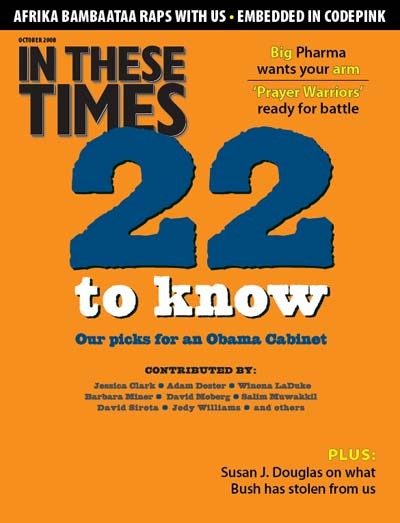If you get pulled over for speeding in Holly Springs, Ga., you may notice a new addendum to your ticket: a $12 fuel surcharge.
In June, the city council mandated this extra fee as a way to offset surging gas costs that, in the first five months of 2008, had consumed 60 percent of the police department’s annual fuel budget.
This small town north of Atlanta is by no means alone. Municipalities across America have needed to find budgetary solutions to keep their auto fleet – from police cruisers to garbage trucks – on the streets. Some have used the opportunity to explore green solutions. Others, like Holly Springs, have passed expenses down to taxpayers.
Chicago is one city that has experimented with a bit of both. Mayor Richard M. Daley touts Chicago as one of the most environmentally friendly cities in America, but the city’s approach in offsetting the monetary and environmental costs of vehicles – police cruisers, especially – is lagging.
In August, the Chicago Police Department announced it would substitute a portion of its current fleet of Ford Crown Victorias with Chevy Tahoes. Both vehicles have similar fuel efficiencies – if one can call 14 miles per gallon efficient.
Josh Mogerman, senior media associate with the Natural Resources Defense Council (NRDC) – a nonprofit environmental group – calls the decision to switch to Tahoes “puzzling,” especially in light of the city’s move to develop hybrid buses.
Chicago Alderman Joe Moore (49th ward), known for his green reputation, wants the city not only to explore green alternatives for its auto fleet, but for police vehicles in particular. He says part of the solution is to have more cops walking commercial streets – an approach practiced in his ward.
“It’s a great way for the city to save gas money and, at the same time, getting police officers in more direct contact with the citizens,” Moore says.
In the past year, diesel prices have risen 45 percent while gas has risen 34 percent.
In a recent survey by the U.S. Conference of Mayors, 117 mayors of 132 surveyed reported that rising fuel costs were affecting city budgets.
Mogerman says leadership on environmental issues at the local level is crucial.
“We’re not getting that type of leadership at the federal level,” he says. “We need the federal government to make it easier for municipal fleets to utilize these technologies. When they’re scraping to pay overtime for police, it’s hard to put hybrid vehicles in front of those day-to-day operations.”
Chicago, like other cities, has added some hybrids. The Toyota Prius – which gets 46 mpg – has replaced 20 city vehicles. In DeKalb, Ill., 60 miles west of Chicago, Northern Illinois University’s campus police began phasing out Crown Victorias with Prius hybrids in 2004. And in Westwood, N.J., the police force began replacing its fleet with Ford Escape hybrids.
During a typical 12-hour shift, Crown Victorias use roughly 20 gallons of fuel, which costs the city more than $71 to operate daily (at $3.58 per gallon). By comparison, that shift costs $21 with an Escape hybrid, which uses only six gallons, according to figures from Public Management Magazine, a publication for local government managers. As a result, Westwood saves more than $31,000 per vehicle each year.
But replacing police cruisers with hybrids could be more difficult, especially in larger metropolitan areas. One issue is the energy required to operate the sophisticated computer systems in police cars; another question is how hybrids could perform in high-speed pursuits.
Even so, Mogerman says available hybrid technology bridges a temporary gap.
“The longer term solution is going to be plug-in hybrid vehicles,” he says. “That’s a technology that’s going to transform not only how we drive, but how we think of our electrical grid and the pieces that attach to it.”







